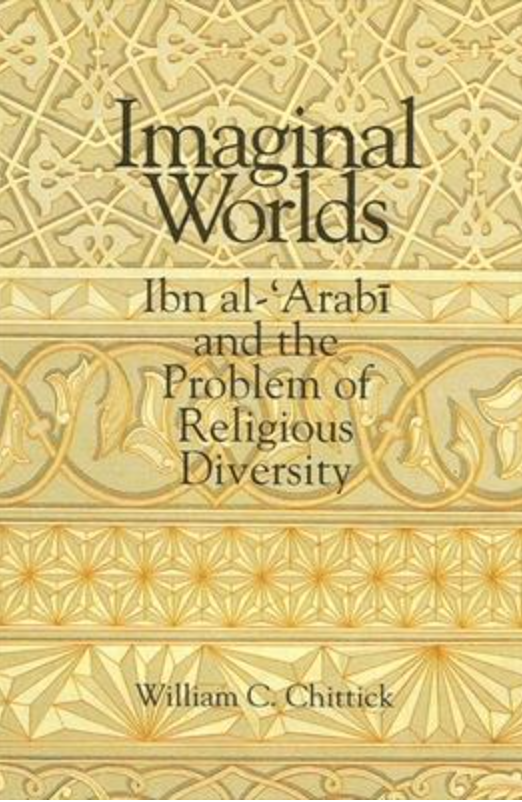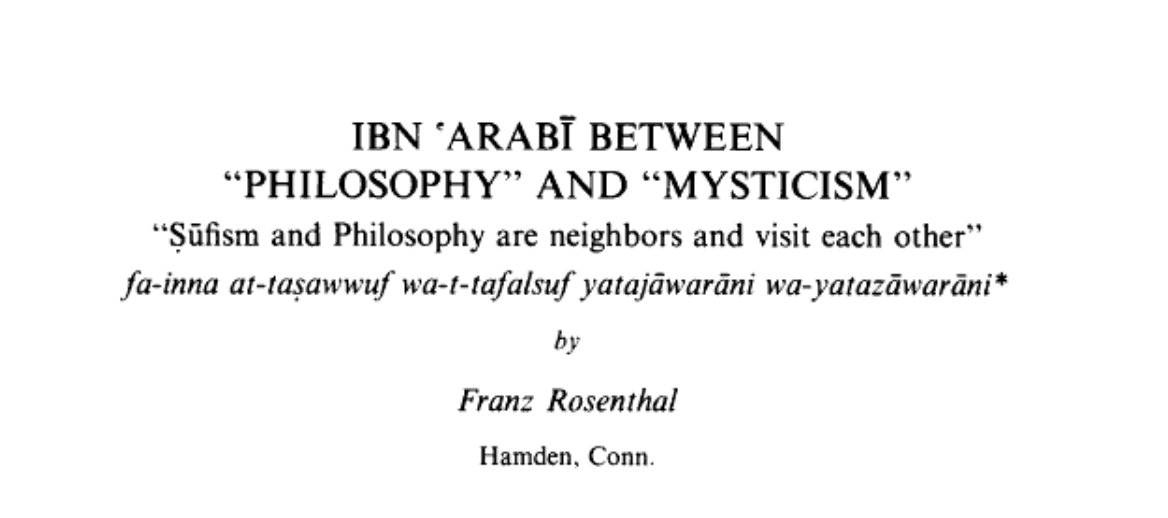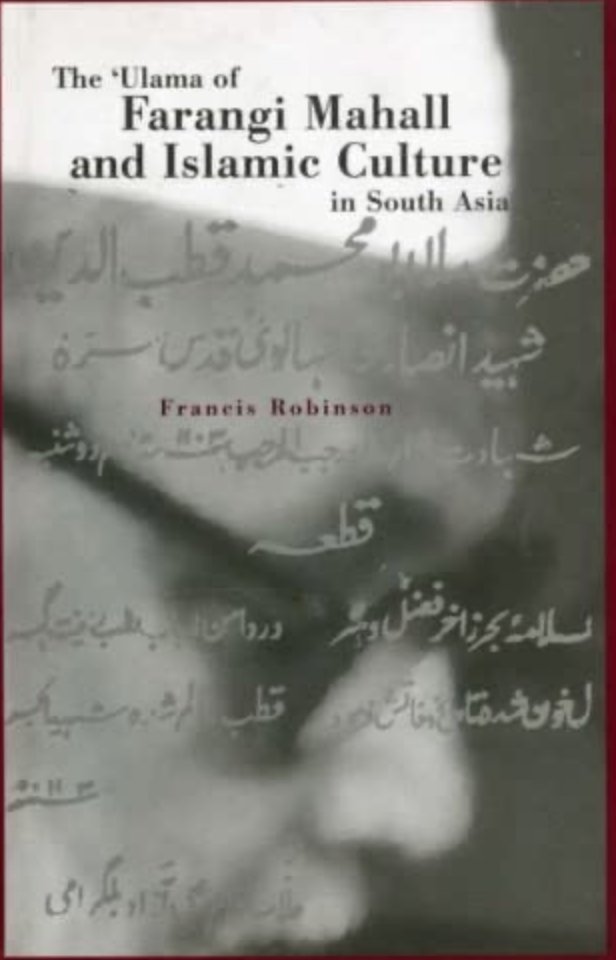
The seminarian philosopher and polymath Āqā-ye Ḥasan Ḥasanzāde Āmolī (b. 1307Sh/1928) passed away yesterday 25 September 2021 - a 🧵 on his life and works #ShiiPhilosophy #mysticism #ʿerfān #ḥekmat 





As his name suggests, he was born in Āmol and began his seminary studies there and only moved to Tehran as a young man in 1950 to continue his studies 2/
In Tehran, he studied philosophy and mysticism with a major teacher at the Madrasa-ye Marvī, Shaykh Muḥammad Taqī Āmolī (1887-1971) best known for his work on #Avicennism and his glosses on Sharḥ al-manẓūme of Hādī Sabzavārī (d. 1873) 3/ 





His other main teacher at the Madrasa-ye Marvī was Mīrzā Abūʾl-Ḥasan Shaʿrānī (1902-1973) from whom he also received his licence of #ijtihad, another indication that in the modern seminar philosophy is not entirely divorced from law and jurisprudence 4/ 

Shaʿrānī linked Ḥasanzādeh in a chain of teaching to major figures in Tehran in the Qajar period such as Maḥmūd Qummī (a teacher and glossator of Tamhīd al-qawāʿid), Mīrzā Mahdī Āshtiyānī (1888-1952) who began to connect Tehran University philosophers with the seminary 4a/ 

Shaʿrānī's students who started in the seminary before becoming teachers at Tehran University included the philosophers Bahāoddīn Khorramshāhī, Mehdī Moḥaqeq, and Moḥammad Khwānsārī, as well editors like ʿAlī-Akbar Ghaffārī, Mīr Jalāloddīn Ormavī, and Ḥasan Sādāt Nāṣerī 4b/
Shaʿrānī's students became the next generation of teachers in Qom such as Ḥasanzādeh himself, Javādī Āmolī (b. 1933), and Mīrzā Hāshim Āmolī (1899-1992), the jurist and father of the Lārijānī brothers 4c/ 



It is noticeable how many of the scholars involved in the Tehran seminary were linked in kinship networks from Āmol/Lāhījān 4d/
Shaʿrānī himself is best known for his translations of the #Quran #NahjalBalāgha and #ṢaḥīfaSajjādīya as well as his many glosses on exegesis, #kalām and philosophy 4e/
His Rāh-e saʿādat which was an engagement in defence of Islamic thought against European philosophy is one point at which we see a link of Ḥasanzādeh to the tradition known as new theology (kalām-e jadīd) 4f/
In 1953, Ḥasanzādeh moved to Qom and began to teach Euclidean mathematics and study philosophy with ʿAllāmeh Sayyed Moḥammad Ḥoseyn Ṭabāṭabāʾī (1904-1981) for a period of 17 years 5/ 

Later in Qom, he taught Euclid, major texts of Avicenna such as al-Shifāʾ (he published his own edition and glosses on the Ilāhīyāt/Metaphysics as well as Fīʾl-Nafs/De Anima) and al-Ishārāt waʾl-tanbīhāt with the commentary of Naṣīroddīn Ṭūsī (d. 1274) (again his glosses) 6/
He published glosses on Sharḥ al-manẓūme of Sabzavārī as well as al-Asfār al-arbaʿa of Mullā Ṣadrā (1571-1636) and on Miṣbāḥ al-uns of Fanārī , Tamhīd al-Qawāʿid of Ibn Turka and Sharḥ Fuṣūṣ al-ḥikam of Qayṣarī in mysticism 7/
Thereby linking the more discursive approach to metaphysics with more intuitive and mystical means of direct experience 8/
He was well known for taking a holistic approach to knowledge and science as revealed - the compatibility of philosophy, metaphysical inquiry, mystical intuition and experience, and the revelation of the Qurʾan and hadith of the Prophet and Imams was due to their common source 9/
On the major questions of transcendence and immanence and the one and the many, he took the position of the school of #IbnArabi more than #MullāṢadrā himself defending the notion that only God is deserving of the title of being (and beyond being) 10/
Since all contingents and limited entities do not have existence in themselves they do not deserve the title of being 11/
He wrote extensively in so many fields but perhaps a few works are worth mentioning further 1) Ilāhīnāme - a long 'poem' and devotional work that recalls the famous text of ʿAṭṭār 2) lessons on knowing the soul that defended the idea of a rational, immaterial, immortal soul 12/
3) Sarḥ al-ʿuyūn fī sharḥ al-ʿuyūn a major work in Arabic defending the doctrine of the soul and taking its inspiration from the famous hadith 'man ʿarafa nafsah fa-ʿarafa rabbah' as well as the De Anima of Avicenna 13/ 





4) his defence of the Ṣadrian idea of mental existence and its link to the truth-making nature of nafs al-amr and 5) collection of articles on Ṭabāṭabāʾī's mystical side 14/ 



And so much more - his official site has more links and his works allamehasanzadeh.com 15/
Many of his works were also published by the small printer in Qom known as Kitābfurūshī-ye eshrāq in pāzāj-e qods next to the shrine - that is where I first encountered his works in the mid 90s 15/
Āqā-ye Ḥasanzādeh epitomised the #Shii intellectual and mystical tradition - with an emphasis on the tradition - that embraces the arts and sciences (including significantly the occult) - may God may mercy on him and may people continue to benefit from his legacy 16/
One important quality that Āqā-ye Ḥasanzādeh had like other important teachers was to write across the range of registers for different audiences 17/
To take the example of the writings on the nature of the soul, his Durūs dar maʿrefat-e nafs based on his teachings in Qom in the late 1970s comprises 153 lessons published in four volumes later 18/ 





These cover a number of subjects: the immortality and immateriality of the soul and its relationship to the body and the person, the nature of the soul vs the spirit, the concept of the human and the 'perfect human' (insān-e kāmel) and critiques of idealism and materialism 19/
In that sense, it is his version of ʿAllāmeh's Oṣūl-e falsafeh as it defends Ṣadrian realism and critiques the European modes of thinking that presented intellectual challenges 20/
Each lesson is relatively short and includes Q&A and accessible within minimum of scholarly apparatus 21/
On the other hand ʿUyūn masāʾil al-nafs or Sarḥ al-ʿuyūn is a work - in Arabic - aimed at scholar and specialists in philosophy 22/ 



It comprises 66 chapters and cites extensively Avicennian and Ṣadrian texts and engages in arguments on the nature of knowledge and the association of one's rational soul with higher souls 23/
Interestingly it begins and ends with the difficult problem of knowing one's soul, at once affirming its possibility and necessity of self-knowledge as the foundation for realism but also recognising that for the mystic the true self as God is utterly ineffable 24/
On the former, he begins by citing the definition of Avicenna and the doxa from Qusṭā ibn Luqā on Plato's immaterial substance that drives the body and Aristotle's entelechy of the natural body 25/ 

For the latter he cites Shaykh Bahāʾ al-Dīn al-ʿĀmilī (d. 1621) on the difficulty of truly knowing one's self and God 26/ 

• • •
Missing some Tweet in this thread? You can try to
force a refresh


















